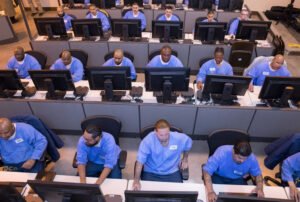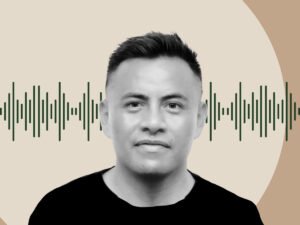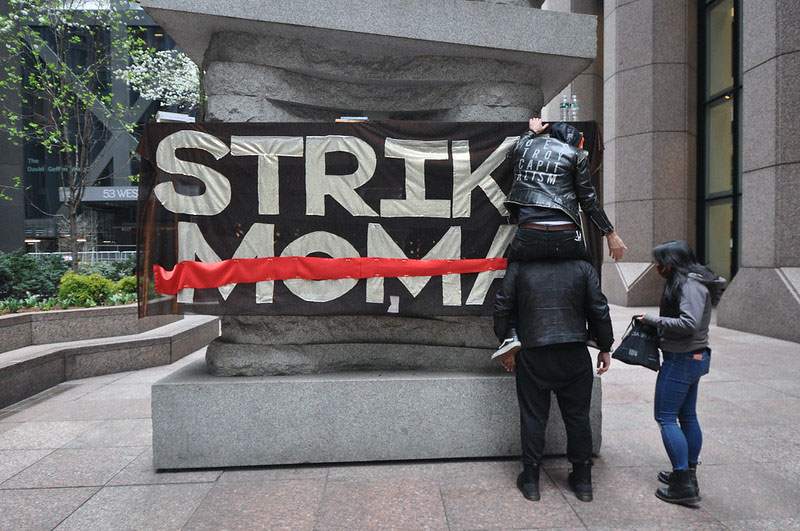March 24, 2010; The Chicago Defender | Those of us old enough to remember Saul Alinsky are all probably in the camp of admirers of Bishop Arthur Brazier from Chicago. Almost 90 years old, Brazier is working on developing a program in Chicago’s Woodlawn neighborhood to get $25 million from the U.S. Department of Education’s Promise Neighborhoods program.
With already $2 million from the Chicago Board of Education, the Chicago Community Trust, the Chicago Public School system, and the University of Chicago, the Woodlawn Children’s Promise Zone has already generated programs for academic achievement, sports, and arts programming focused on nine elementary schools and one charter school in the Woodlawn neighborhood.
Sign up for our free newsletters
Subscribe to NPQ's newsletters to have our top stories delivered directly to your inbox.
By signing up, you agree to our privacy policy and terms of use, and to receive messages from NPQ and our partners.
But the story here is not just WCPZ, but Bishop Brazier himself. In 1960, this local church leader was one of the founders of and became the spokesman for The Woodlawn Organization (TWO), the famous Chicago base of Alinsky organizing. He also was one of the founders of the Woodlawn Preservation and Investment Corporation and the Fund for Community Redevelopment and Revitalization. Community development in Chicago owes Brazier much.
This writer’s former employer, the Local Initiatives Support Corporation, made him (through the Chicago LISC program) a Senior Fellow, encouraging him to speak and write about his decades in community organizing and community development. Supposedly, Bishop Brazier is a retired man. But he seems to be spending his retirement years as he did the rest of his life, organizing for social change. Nonprofit Quarterly readers should look at Brazier’s history of activism and learn and admire.—Rick Cohen













